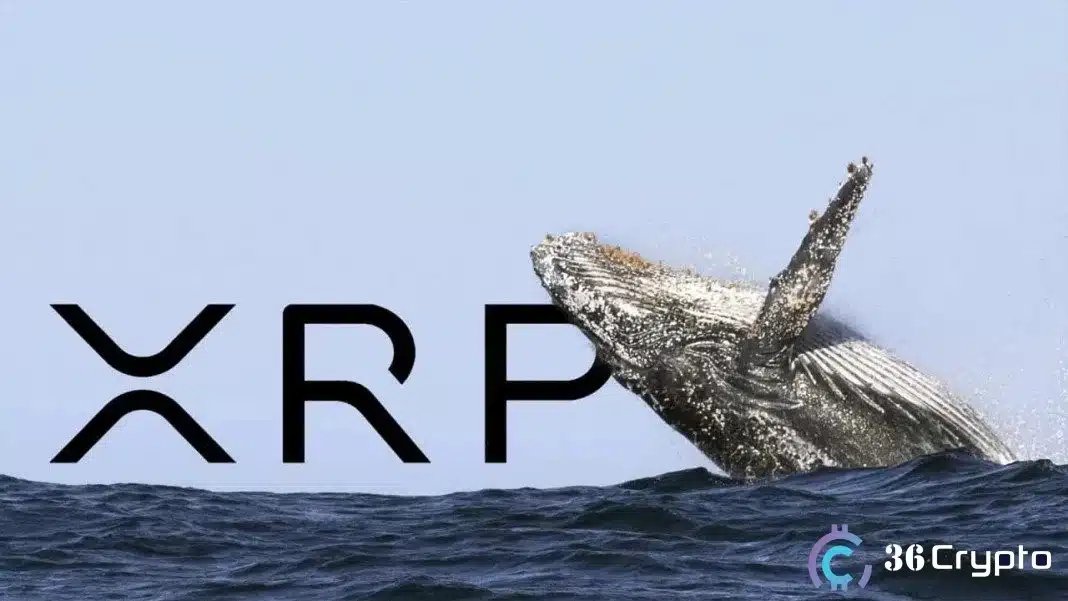Check Your MONAD Airdrop!

Monad has officially announced its airdrop today, October 14, 2025, on its blog. With a total expected token supply of 100 billion MON and tokens allocated to over 230,000 wallets across various community and power user tracks, this event marks one of the most significant token distributions of the year for the wider crypto community, developers, and onchain power users.
About Monad
Monad is a new, high-performance EVM-compatible Layer 1 blockchain built by Monad Labs, a team with former Jump Trading background. Specifically, Monad’s core mission is to solve the bottleneck of scalability by introducing Parallel Execution to the Ethereum Virtual Machine, which allows it to achieve a throughput of 10,000 transactions per second and sub-second finality.
As a result, this approach provides full compatibility for existing Ethereum applications while offering superior performance, thus positioning Monad as a powerful new infrastructure for DeFi and complex decentralized applications. Finally, the project is backed by top-tier venture capital, including a $225 million funding round led by Paradigm.
On October 14, Monad officially announced its airdrop for users:
MON Tokenomics
While the definitive, detailed tokenomics are yet to be fully disclosed, the key aspects of the MON token model are:
- Total Supply: The widely anticipated total supply is 100 billion MON, based on market speculation and pre-market trading data.
- Airdrop Allocation: The exact quantity of tokens allocated to the airdrop pool is To be officially announced (TBA).
- No Insiders: The Monad Foundation has confirmed that full-time team members from Monad Foundation and Category Labs are expressly prohibited from claiming tokens in the airdrop.
MON Token Airdrop Details
The main details of the airdrop are as follows:
- Claim Portal Opening: October 14, 2025 (Today).
- Snapshot Date: The primary snapshot date for onchain user activity was September 30, 2025, at 23:59 UTC.
- Total Eligible Wallets: Over 230,000 wallets are allocated tokens.
- Claim Window: The claim portal will be open from October 14 until November 3, 2025.
The airdrop recipients were determined through an extensive analysis of onchain and offchain data. Furthermore, anti-sybil efforts were conducted by the Monad Foundation in partnership with Trusta AI. It is important to note that individuals who qualify through multiple allocation tracks are eligible to receive the combined total of their allocations.
MON Airdrop Criteria
The MON airdrop is divided into five main tracks, rewarding individuals for diverse and long-term participation in the Monad ecosystem and the broader crypto space:
- Monad Community: This is the largest component of the airdrop. It rewards core members identified through exhaustive manual effort, social graph analysis, and input from community-driven apps like the Monad Community Recognizer.
- Onchain Users: Targets power users of major EVM and Solana mainnets, focusing on high-value, sustained activity. Criteria include:
- Significant DEX traders (spot and perpetuals).
- Significant depositors into major DeFi protocolsa (e.g., Aave, Pendle, Uniswap, etc.).
- Longtime holders of notable NFT collections (e.g., Pudgy Penguins, Mad Lads, CryptoPunks, etc.).
- Recently active DAO governance participants.
- Crypto Community: Includes members of the wider crypto community identified through:
- Participation in the Monad Cards initiative.
- Users of platforms like Backpack, Fantasy Top, and Legion.
- Active users on Farcaster.
- Crypto Contributors: Allocates tokens to individuals who contributed to the betterment of crypto through:
- Security Research (e.g., SEAL 911, select Cantina auditors).
- Protocol Development (e.g., Protocol Guild members). Educational Efforts (e.g., RareSkills, SheFi).
- Monad Builders: Rewards individuals and teams growing the Monad ecosystem:
- Teams building natively on Monad.
- Developers who made qualified submissions in hackathons (Monad Blitzes, Dev Missions).
How to Check Your MON Airdrop Eligibility Step-by-Step
Step 1: Go to the official claim page: The only valid portal is https://claim.monad.xyz. Be extremely cautious and beware of imposter websites and scams.

Source: Monad
Step 2: Connect your Wallet/Account: The portal uses Privy for authentication. You can connect by signing a message with your EVM or Solana wallets that you used for activities. You can also link your social accounts (Twitter, Discord, Telegram, Farcaster, or email). Read more at Monad’s blog.
If you are eligible for the airdrop, your total MON allocation will be displayed. Remember to claim your tokens before the window closes on November 3, 2025.
The post Check Your MONAD Airdrop! appeared first on NFT Plazas.
You May Also Like

Stablecoins: The Cryptographic Practice of Denationalization of Hayek’s Currency

Sui Crypto Meets Its Match: XRP Tundra’s Dual-Token Arctic Architecture
